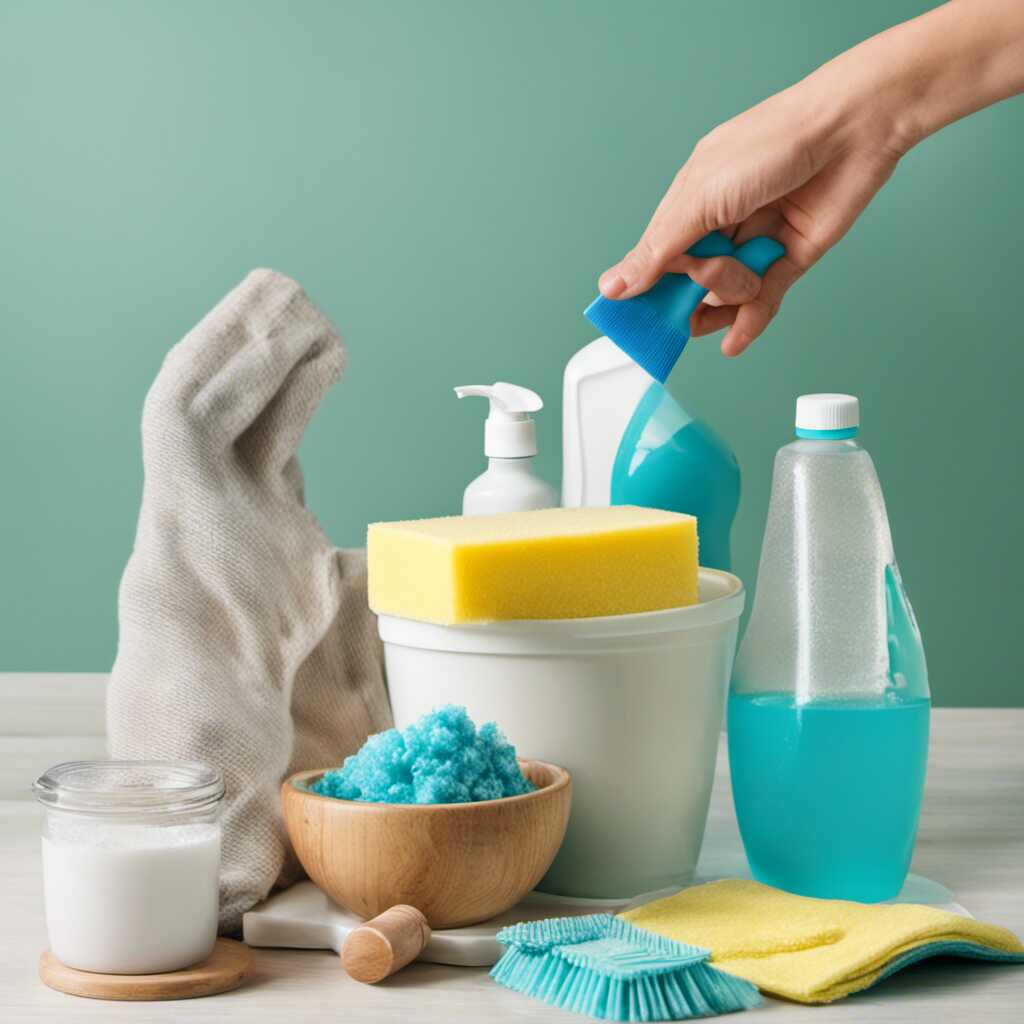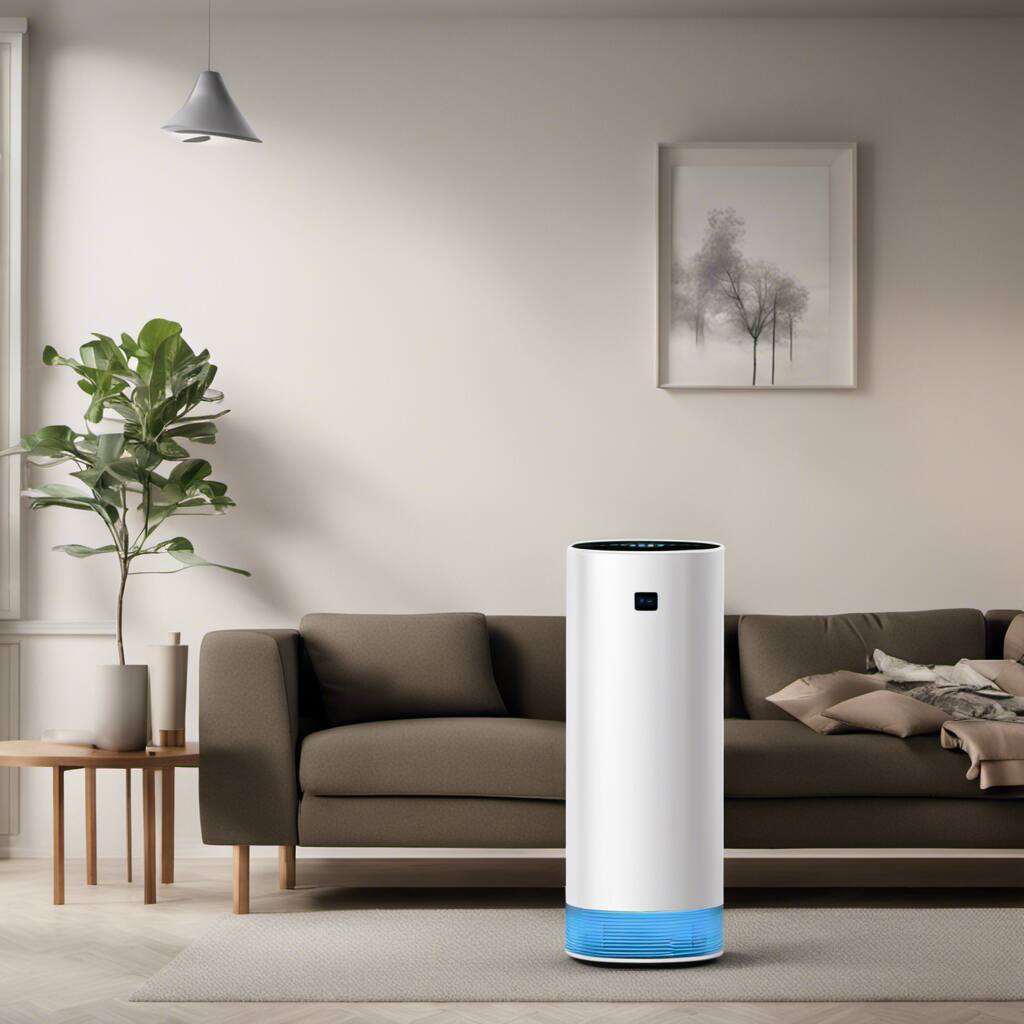
Indoor air quality plays a pivotal role in our overall health and well-being. As we spend a significant portion of our lives inside our homes, it becomes imperative to ensure that the air we breathe is clean and fresh. In this comprehensive guide, we’ll explore 10 natural ways to clean and freshen your home’s air, providing you with simple and effective strategies to transform your living space into a haven of pure, revitalizing air.
Before delving into the natural methods of air purification, let’s understand why clean air is essential. Poor indoor air quality can lead to respiratory issues, allergies, and a general sense of discomfort. By improving air quality, you enhance your overall health and create a more pleasant living environment.
Here is our post on 10 Benefits of Using Natural Air Fresheners in Your Home which you will not want to miss.
1. The Power of Houseplants
Houseplants are not just aesthetically pleasing; they also act as natural air purifiers. Plants like the Spider Plant, Aloe Vera, and Peace Lily can remove toxins and impurities, significantly improving the quality of the air in your home.
To maximize the air-purifying benefits of plants, ensure they receive adequate sunlight and water. Different plants have varying care requirements, so choose ones that align with your lifestyle and level of commitment to care.
2. Harnessing the Power of Essential Oils
Essential oils are nature’s aromatic wonders. Incorporate them into your home to not only freshen the air but also promote relaxation and mental well-being. Diffusers and oil burners are popular ways to disperse these delightful scents.
Certain essential oils, such as tea tree, eucalyptus, and lavender, possess antimicrobial properties that can help eliminate bacteria and viruses in the air. Experiment with different oils to find the scents that resonate with you.
See also our post on Natural DIY Air Purifiers for a Cleaner Home
3. Ventilation Matters
Proper ventilation is a simple yet effective way to refresh indoor air. Regularly open windows and doors to allow fresh outdoor air to circulate through your home, flushing out stagnant air and pollutants.
Encourage cross ventilation by opening windows on opposite sides of your home. This facilitates a continuous flow of fresh air, minimizing the buildup of indoor pollutants.
4. The Impact of Natural Light
Natural light not only brightens your home but also contributes to air quality. Sunlight can help reduce mold and mildew growth, providing a natural way to keep your living spaces fresh and healthy.
Arrange furniture to allow sunlight to reach all corners of your rooms. Consider using light-colored curtains that allow more natural light to filter through.
5. Homemade Air Purifiers
Create your own air purifiers using natural ingredients. Baking soda, activated charcoal, and Himalayan salt lamps are excellent choices for absorbing odors and purifying the air.
Mix baking soda with a few drops of essential oil and place it in a bowl to absorb odors. Activated charcoal sachets can be strategically placed in different areas of your home to purify the air.
See also our post on 10 Importance of Cleaning and Maintaining Your Humidifier
6. Green Cleaning Practices
The products you use for cleaning can impact indoor air quality. Opt for natural cleaning products or make your own using ingredients like vinegar, lemon, and baking soda.
Create an all-purpose cleaner by mixing equal parts water and white vinegar. Add a few drops of your favorite essential oil for a pleasant scent.
7. Eliminating Indoor Pollutants
Identify potential sources of indoor pollutants such as smoke, dust, and pet dander. Implement strategies to minimize these pollutants, such as designating smoke-free zones and regularly cleaning pet areas.
Invest in air purifiers with HEPA filters to trap and eliminate particles in the air. Place these devices in key areas of your home for maximum effectiveness.
8. Regular Cleaning and Maintenance
Ensure that air vents and filters in your HVAC system are regularly cleaned and replaced. This prevents the circulation of dust and allergens throughout your home.
Regular vacuuming and dusting are fundamental to maintaining clean indoor air. Use a vacuum cleaner with a HEPA filter to effectively capture tiny particles that can trigger allergies.
9. Building Healthy Habits
The detrimental effects of smoking on indoor air quality are well-documented. Establish a no-smoking policy inside your home to protect the air your family breathes.
Designate shoe-free zones to prevent the tracking of outdoor pollutants into your home. Place doormats at entrances to trap dirt and contaminants.
See also our post on 10 Benefits of UV-C Light Technology for Cleaning and Disinfection
Conclusion
Transforming your home into a sanctuary of fresh, clean air is not a daunting task but rather a series of simple, intentional steps. From the natural prowess of houseplants to the therapeutic benefits of essential oils, these 10 natural ways to clean and freshen your home’s air offer a holistic approach to enhancing your living space.
By incorporating these strategies into your daily routine, you not only contribute to the health and well-being of your family but also create an environment that nurtures both body and soul. So, open those windows, let the plants breathe life into your spaces, and relish in the revitalizing embrace of a home filled with pure, fresh air. Your journey to a healthier, happier living space begins with each breath you take.







